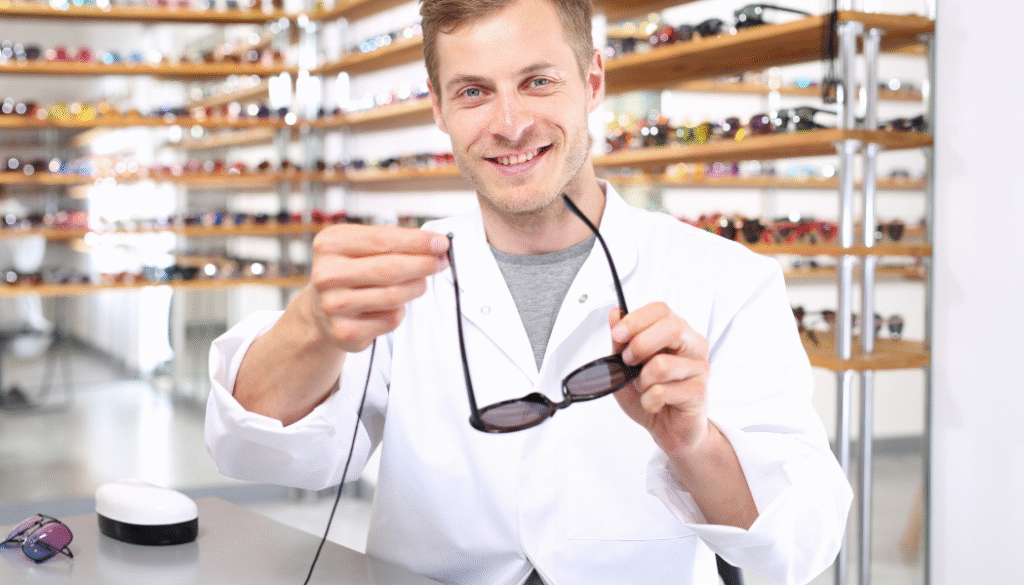
Photochromic lenses have been used for more than 40 years. These transition lenses shift from clear to dark when exposed to UV light. Once the UV source is gone, the lenses return to their clear state.
The amount of change depends on UV strength and air temperature. This means photochromatic lens technology responds automatically to both sunlight and weather. Indoors, the lenses stay clear. Outside, they darken into sun-sensitive lenses that reduce glare and protect the eyes.
The surface of the lens contains molecules that react to UV rays. When exposed, these molecules shift structure and darken the lens. When the UV rays fade, the molecules return to normal, leaving the lenses clear again.
This process allows light-adaptive eyewear to adjust without effort from the wearer. The tint level depends on outdoor brightness, so you always get the right shade.
Photochromic lens comfort is one of their biggest advantages. The automatic shift reduces the need to carry multiple pairs of glasses.
Photochromic lenses work well for daily wear. Many people use them as their primary pair of glasses. They are especially helpful for those who spend time moving between indoor and outdoor environments.
Drivers, teachers, athletes, and children benefit from adaptive vision solutions. Whether you’re walking in the sun or stepping into shade, these lenses adjust seamlessly.
These lenses also come with coatings like anti-reflective, scratch-resistant, or blue-light blocking. This ensures both comfort and durability.
For best results, pair them with advanced lens materials that support clarity and durability.
Photochromic lenses provide clear vision indoors and sun protection outdoors. They are practical, stylish, and protective. By combining automatic tint adjustment with UV-responsive lenses, they make life easier for people who need vision correction.
At Barnes Talero EyeCare, we can help you choose the right transition lenses for your needs.
Yes. They block UV rays and reduce glare, offering comfort and protection.
They may not darken fully in cars, and changes can be slower in cold weather.